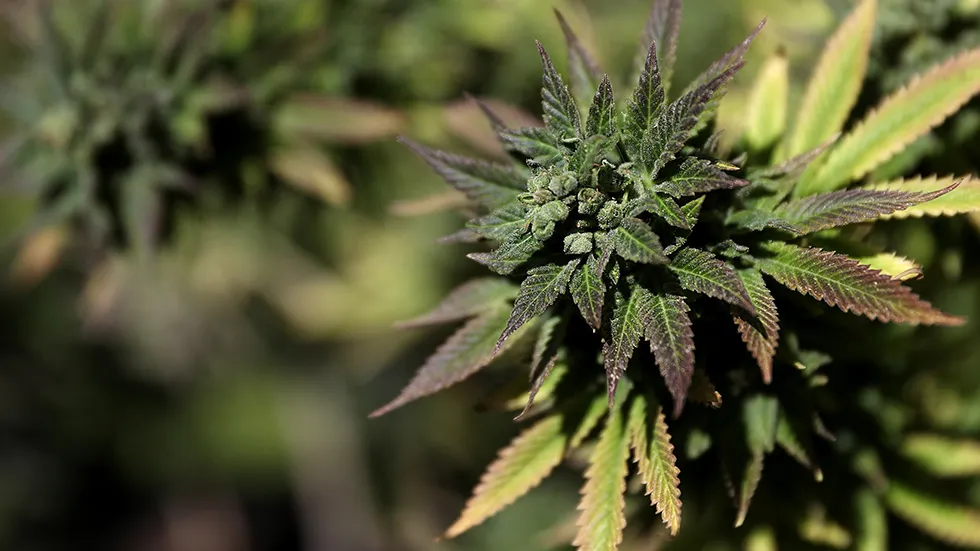Mexican Cannabis Seizures Hit Record Low at U.S. Border as State-Legal Pot Dominates
Many veteran cannabis users remember the days when low-grade brick weed from massive Mexican farms was a staple in the U.S. market. However, as domestically-grown cannabis gained popularity, Mexican-grown weed saw a significant decline. According to NORML, seizures of Mexican-grown cannabis at the southwest U.S. border have now hit a record low.
The shift away from low-quality, seeded weed grown outdoors in bulk by cartels began with the advent of advanced cultivation methods such as hydroponics, organic inputs, and feminized seeds. The introduction of state-legal adult-use cannabis markets in 2014 further marginalized Mexican-grown weed in the U.S.

Seizures of Mexican cannabis peaked in 2009, when U.S. Customs and Border Protection (CBP) agents confiscated 3.3 million pounds of cannabis at the southwest border, the highest on record. This low-quality cannabis, often brown or dark green and vacuum-pressed into kilo-sized bricks, was the primary option for many Americans before the rise of high-quality, domestically-grown cannabis.
Today, border patrol agents intercept far less cannabis, which struggles to compete with the potent products available in adult-use cannabis retail shops in California, Arizona, and New Mexico—all of which border Mexico.
A review of data from 2009 onwards reveals a steady decline in cannabis seizures at the southern U.S.-Mexico border. According to CBP data, agents intercepted a record low 61,000 pounds of cannabis in 2023, marking a 29% decrease from 2022 and a staggering 98% decline since 2013, when over 2.4 million pounds were seized.
NORML Deputy Director Paul Armentano commented, “The prevailing attitude among retail cannabis consumers is ‘Buy American.’ The rise of the regulated state-legal cannabis market has not only replaced Americans’ demand for Mexican cannabis but also disrupted the unregulated domestic market.”
Survey data from New Frontier Data, published on May 16, 2023, indicates that 52% of consumers in legal states primarily source their cannabis from brick-and-mortar stores, while only 6% buy from illegal dealers.
CBP data also reveals that methamphetamine seizures at the border are on track to surpass cannabis. In 2023, agents seized 121,000 pounds of meth, nearly double the amount of cannabis intercepted.
While Mexican cartels have largely shifted to meth production, they still engage in some cannabis cultivation within the U.S., particularly in Northern California and Oregon. Trinity County Sheriff Tim Saxon reported high cartel activity in these areas, often involving human trafficking.
Interestingly, cannabis smuggling has also reversed direction. High Times reported in 2016 that cannabis is now being smuggled from the U.S. to Mexico. A report from KPBS suggests that residents of Tijuana with visas or dual citizenship often drive into California, where cannabis has been legal for medical use for nearly two decades, and smuggle small amounts back home.
Dr. Raul Palacios, clinical director at the Centro de Integración Juveníl drug rehabilitation facility in Tijuana, noted that his patients prefer the higher quality of California’s medical cannabis over Mexican-grown weed. However, he warned that the potent California-grown cannabis could cause hallucinations and paranoia in users accustomed to lower THC levels.
These trends highlight American consumers’ preference for high-quality, lab-tested cannabis over smuggled brick weed. The regulated state markets offer superior products, replacing the harsh smoke, earthy taste, and red eyes associated with old-school Mexican brick weed.
